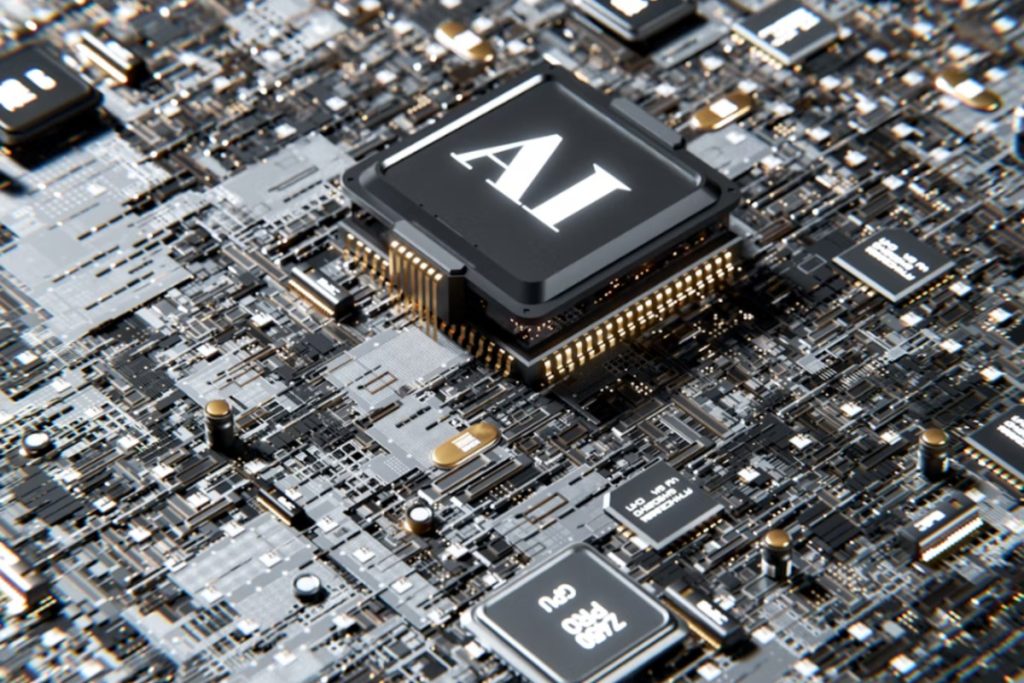In the seamless fusion of artificial intelligence and mechanical engineering, MIT students are carving a new frontier for design innovation. Faez Ahmed, MIT’s Doherty Chair in Ocean Utilization and associate professor of mechanical engineering, steers a course that harnesses machine learning and AI to crank out futuristic products and tackle intricate design challenges. MIT News reports a surge in popularity for this class, making it one of the non-core favorites within the Department of Mechanical Engineering (MechE) since its inception in 2021.
Describing the kaleidoscope that is mechanical engineering, Faez Ahmed told MIT News, “Within mechanical engineering, machine learning, AI, and optimization are playing a big role.” The students aren’t just learning concepts; they’re beating the pavement by applying advanced machine learning strategies to real-world problems, be they as everyday as bike frames or as complex as city grids. Even students from the MIT Sloan School of Management and the realms of aeronautics, civil, and environmental engineering are getting into the mix, alongside scholars from Harvard and other institutions.
Lyle Regenwetter, a PhD candidate at Ahmed’s Design Computation and Digital Engineering Lab (DeCoDE), remarks on the importance for mechanical engineers to utilize machine learning and AI in hastening the design process. According to MIT News, students engage in contests fueled by friendly competition, where live leaderboards light a fire under participants to continually improve their methods. Ilan Moyer, a MechE graduate student, reflects that the starter code provided offers a solution, but not necessarily the best one, propelling them to seek betterment.
What sets this hands-on program apart is the emphasis on not just regurgitating theory but literally building skills in coding for effective application – a sentiment shared by Em Lauber, a system design and management graduate student. Emphasizing the practical, “Our task was to [determine], how can we do better?” he told MIT News. As a capstone, students dive into a final project where their newly honed AI techniques are deployed on a complex challenge of their choosing.
The proof is in the pudding—or in this case, the publications and awards that student projects have been securing. As Ahmed noted, one paper, titled “GenCAD-Self-Repairing,” snagged the American Society of Mechanical Engineers Systems Engineering, Information and Knowledge Management 2025 Best Paper Award. Graduate student Malia Smith shared her experience in which predicting ground force for runners led to outcomes which were, as she put it, “really gratifying” because it worked much better than expected. In the spirit of customization, another student designed a modular “cat tree” for feline-friendly homes, showcasing the diverse applications of their coursework.
Cutting through the AI mystique, students in Ahmed’s course are not only witnesses to but also direct participants in the future of engineering design. “When you see machine learning in popular culture, it’s very abstracted, and you have the sense that there’s something very complicated going on,” Moyer elucidated on MIT News. “This class has opened the curtains.”

